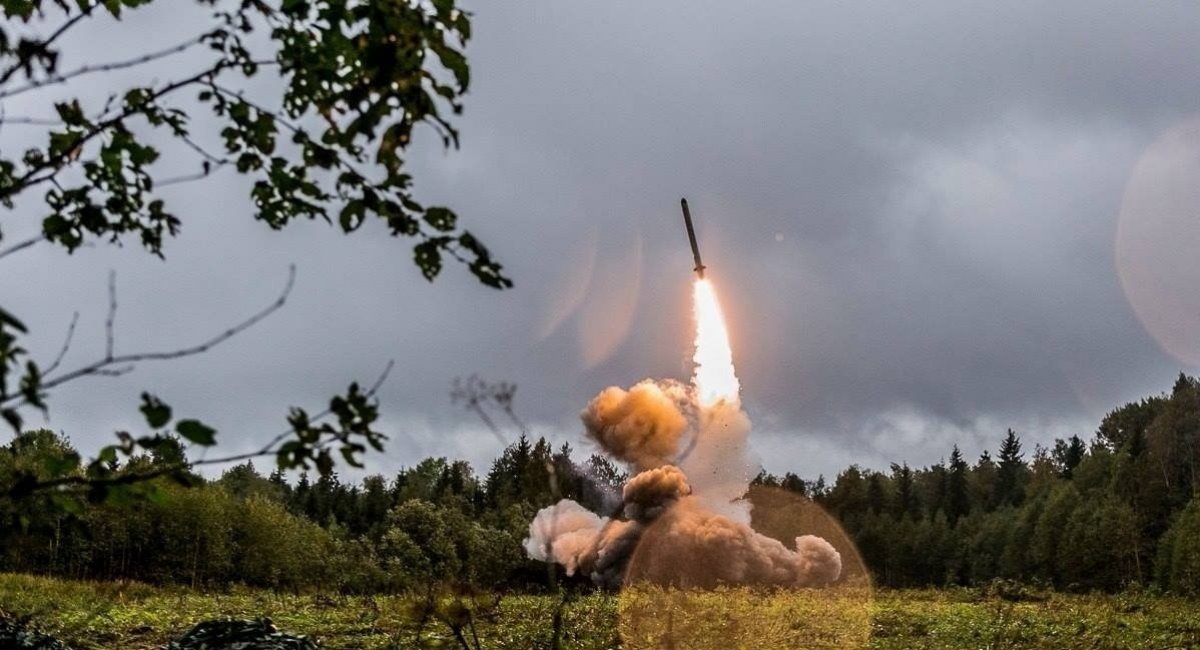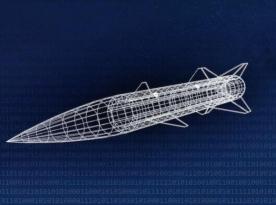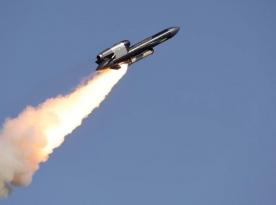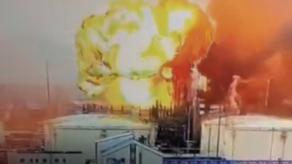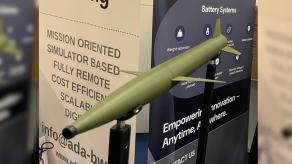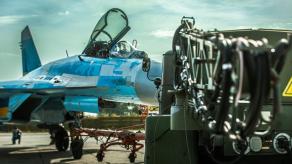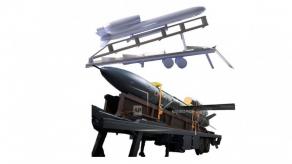Fabian Hoffmann, a well-known missile weapons researcher, addressed the issue of russian air strikes on Ukraine with cruise missiles and Shahed drones, and whether the Western defense industry is capable of supplying the necessary means of protection in response.
His analysis, published by the German outlet Hartpunkt, boils down to the following: if russia's military-industrial complex can produce up to 1,600 cruise missiles per year and reached an annual output of at least 6,000 Shahed-136/131 kamikaze drones by late 2024, then current Western production of anti-aircraft missiles is, to put it mildly, underwhelming.
Read more: Ukraine to Buy MIM-23 HAWK For $172 mln: Key Details of the Deal With Greek Execution
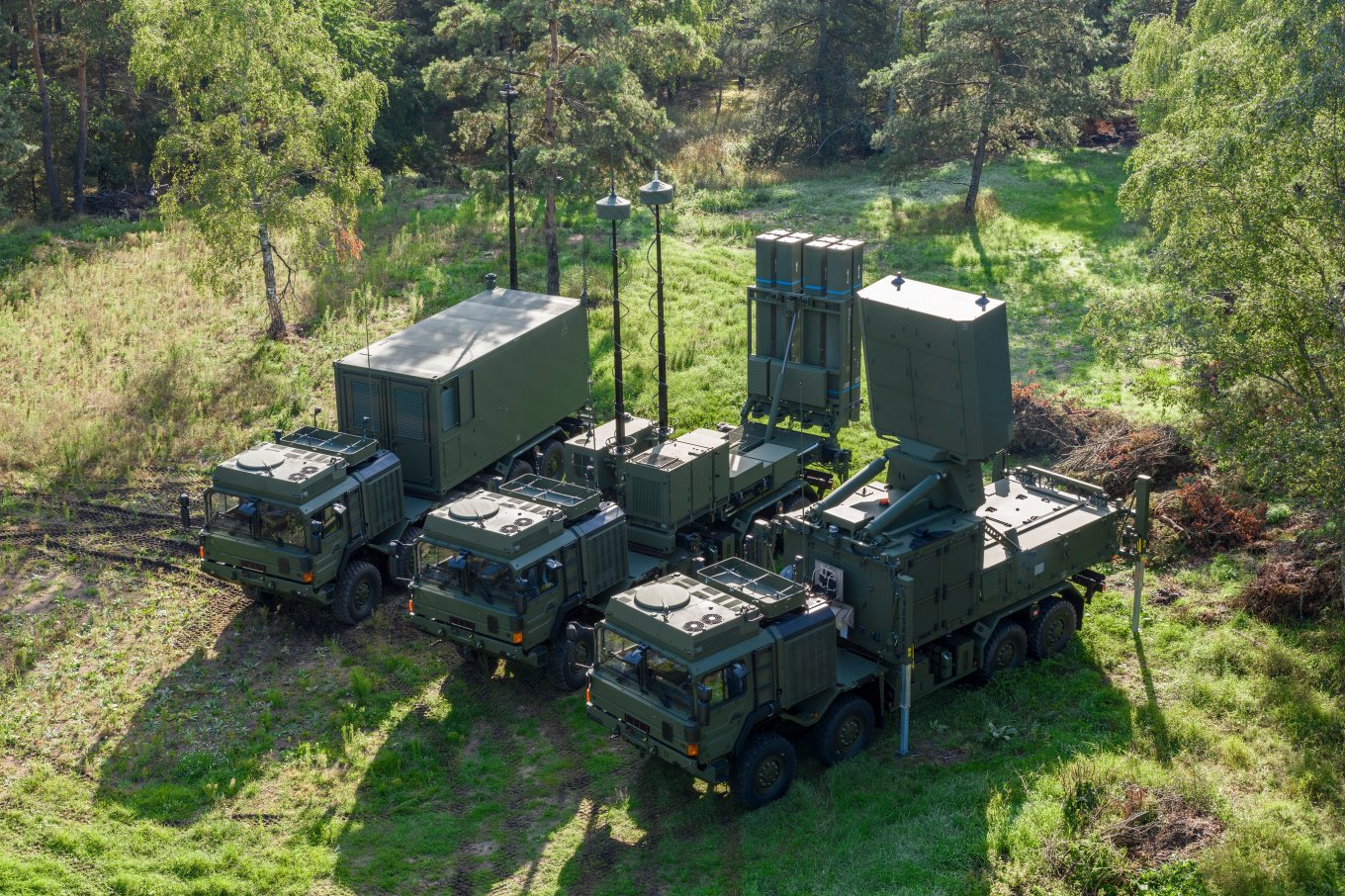
Hoffmann based his estimate of russian cruise missile output on public data from the Defense Intelligence of Ukraine, which indicates that russia is capable of producing between 1,260 and 1,560 cruise missiles annually — including air-launched Kh-101s, sea-launched 3M14 Kalibrs, ground-launched Iskander-Ks, P-800 Oniks, and others.
He also notes that in addition to the 6,000 Shaheds produced annually by the end of 2024, as of mid-2025 russia had manufactured some 30,000 Shaheds and decoy drones in total since the start of their use in the full-scale invasion.
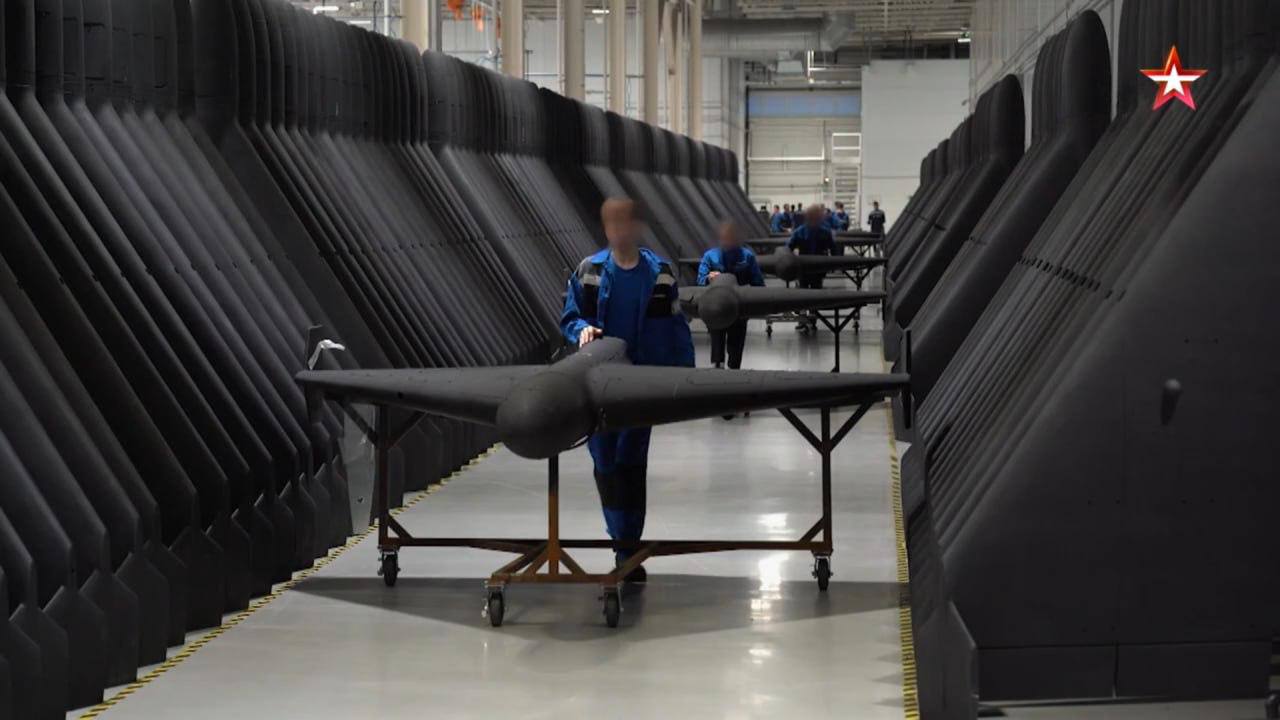
The Western air defense missile production, on the other hand, is seriously lagging. For instance, Germany’s Diehl Defence currently produces only 500–600 IRIS-T missiles in surface-launched versions annually. A new facility planned for opening in 2026 may raise that figure to 800–1,000 missiles per year, complemented by up to 10 launchers.
As for the AIM-120 produced by Raytheon (part of RTX Corp.), current output is up to 1,200 missiles per year. But not all of these are allocated to Ukraine — and even fewer are actually used for drone and missile interception via NASAMS.
AIM-9X missiles, also compatible with NASAMS, are produced at a higher rate: 1,600 per year, with the potential to scale to 2,500. However, this supply is also constrained by the U.S. prioritization policy.
According to Hoffmann, the solution lies in developing cheap, mass-produced interceptors specifically for Shaheds and expanding the use of traditional anti-aircraft artillery. This would allow more expensive missiles to be preserved for defending against cruise missiles and other high-priority threats.
Defense Express emphasizes that the assessment above is valuable in two respects. First, it offers at least a superficial comparison between russia’s ability to sustain missile and drone strikes on Ukraine and the West’s ability to supply interceptors that Ukraine can use here and now. Second, it sheds light on how the Western expert community views the prospects for strengthening Ukraine’s air defense — including what they might be missing.
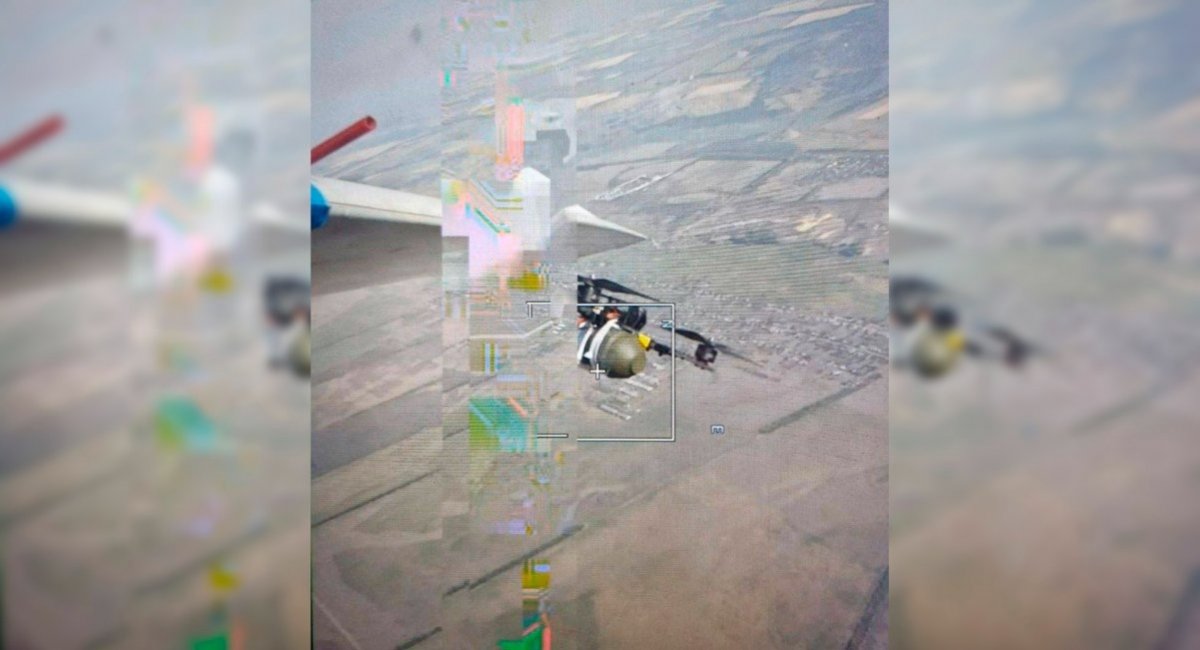
Notably, Hoffmann’s article overlooks several critical aspects. For one, anti-aircraft artillery accounts for a big portion of Shahed interceptions, yet its role is not mentioned. Nor does the article acknowledge the growing use of cheaper alternatives such as APKWS laser-guided rockets, which are far more affordable and widely produced than IRIS-Ts or AIM-120s. MANPADS are also omitted.
Moreover, the focus in Ukraine has recently shifted toward FPV interceptor drones. Another emerging solution includes micro-missiles like the Frankenburg Mk 1. Simply put, using expensive surface-to-air missiles to shoot down Shaheds is too much of a luxury. Instead, these interceptors should be reserved for more complex threats — cruise missiles, guided munitions — and it-to-kill effectors for ballistic threats, accordingly.
Read more: Hundreds Per Week: What We Know of New Mk1 Anti-Drone Missile Frankenburg Developed For Ukraine



